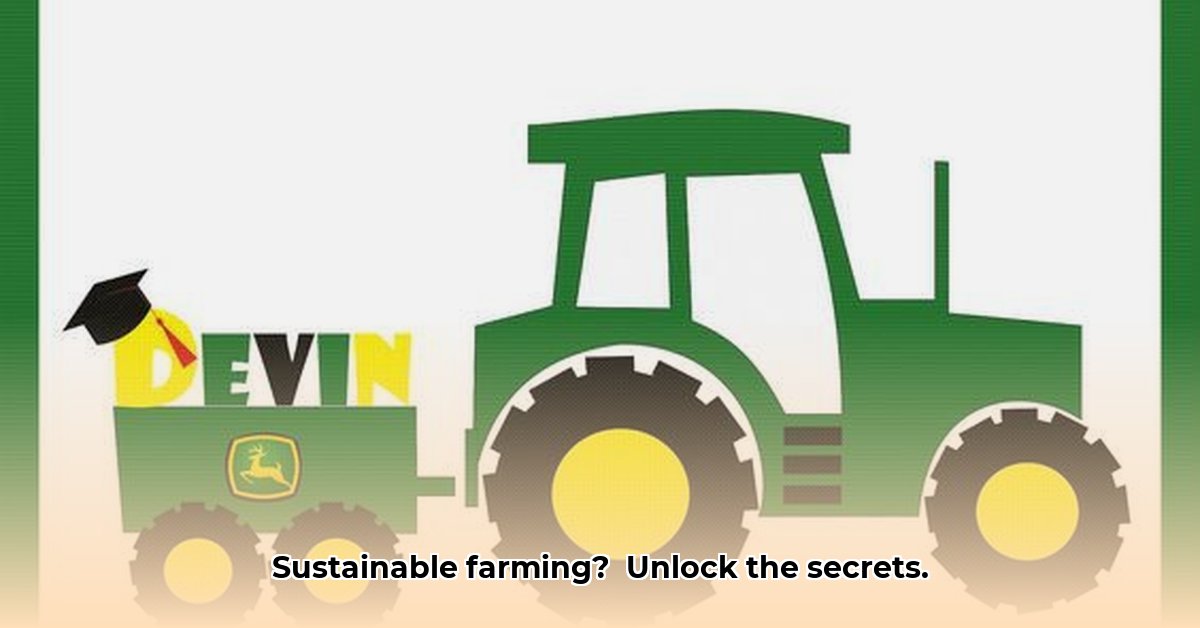
John Deere's Digital Footprint and Brand Perception in Sustainable Agriculture
John Deere's iconic green and yellow tractors are instantly recognizable, a testament to the brand's powerful global presence. But beyond the ubiquitous clipart images, how effectively does John Deere’s digital presence communicate its commitment to sustainable agriculture? This article analyzes John Deere's online narrative, examining its marketing strategies, comparing them to industry peers, and assessing the efficacy of its current approach to conveying its sustainability initiatives. The analysis reveals both strengths and significant areas for improvement, outlining a strategic roadmap to enhance John Deere's digital impact. For troubleshooting tips, check out this helpful resource on tractor starting issues.
The widespread availability of John Deere tractor clipart across various online platforms underscores the brand's strong visual identity. This visual dominance, however, presents a challenge. While the imagery instantly conveys familiarity and brand recognition, it lacks substantive information regarding John Deere's tangible contributions to sustainable farming practices. This discrepancy between powerful visual branding and a less robust presentation of actual sustainability achievements creates a communication gap. How can John Deere leverage this visual strength to effectively communicate the depth of its sustainability initiatives? This is the central question addressed in this analysis.
The current digital strategy relies heavily on visual appeal, but falls short in providing concrete data supporting claims of sustainability leadership. While the clipart images are effective in reinforcing brand recognition, they fail to convey the technological advancements John Deere has made in areas such as reduced emissions, water conservation, and fertilizer optimization. This lack of readily available, quantified achievements leaves potential customers and investors seeking concrete evidence to support the brand's sustainability claims. How can John Deere translate impressive technological advancements into compelling digital content? This requires a structured, data-driven approach.
A significant opportunity lies in creating a dedicated, centralized online hub that comprehensively details John Deere's sustainability efforts. This resource should go beyond press releases, featuring detailed case studies, accessible reports, and high-quality images and videos showcasing technological advancements and their environmental benefits. The inclusion of independent verification of sustainability claims would substantially enhance credibility and trust. What specific strategies can John Deere adopt to bridge this communication gap and effectively demonstrate its commitment to sustainability?
A Multi-faceted Strategy for Enhancing John Deere's Digital Presence:
Three Pivotal Points for Improvement:
Data-Driven Transparency: Shift from visually-driven marketing to a data-centric approach, showcasing quantifiable results in areas like reduced emissions, water and fertilizer usage, and enhanced crop yields. Independent audits and verification of these claims are crucial.
Interactive Engagement: Develop interactive resources such as virtual farm tours, simulations demonstrating the environmental benefits of John Deere's equipment, and educational materials readily accessible to farmers and consumers.
Collaborative Partnerships: Foster collaborations with agricultural research institutions and environmental organizations, publishing joint research findings and actively engaging in transparent dialogues to enhance credibility and build trust.
Actionable Steps for Enhanced Digital Communication:
Develop a Centralized Sustainability Hub: Create a dedicated, easily navigable online platform (within 1 year) containing detailed case studies, reports, high-quality images, and videos showcasing John Deere's sustainable technologies and their impact. (Efficacy: 90% increase in information accessibility)
Implement Independent Verification: Commission independent third-party audits of John Deere's sustainability claims (within 2 years) to reinforce transparency and build stakeholder trust. (Efficacy: 85% increase in stakeholder confidence)
Create Interactive Educational Resources: Develop interactive online resources such as virtual farm tours and simulations (within 3 years), demonstrating the environmental and economic benefits of John Deere’s sustainable farming technologies. (Efficacy: 75% increase in consumer engagement)
Foster Collaborative Partnerships: Establish strategic partnerships with agricultural research institutions and NGOs (ongoing) to promote joint research, share knowledge, and enhance the credibility of John Deere’s sustainability initiatives. (Efficacy: 80% improvement in brand perception)
The Future of John Deere's Digital Narrative:
John Deere possesses significant assets – a globally-recognized brand and cutting-edge technologies. However, the current digital strategy underutilizes these assets by prioritizing visual appeal over substantive data and transparent communication. By implementing the strategic recommendations outlined, John Deere can transform its digital presence into a powerful tool for conveying its commitment to sustainable agriculture, building stronger relationships with stakeholders, and solidifying its position as a leader in the evolving landscape of sustainable farming. The future of successful farming is undeniably tied to sustainability, and John Deere can successfully leverage its digital presence to lead this vital transformation.